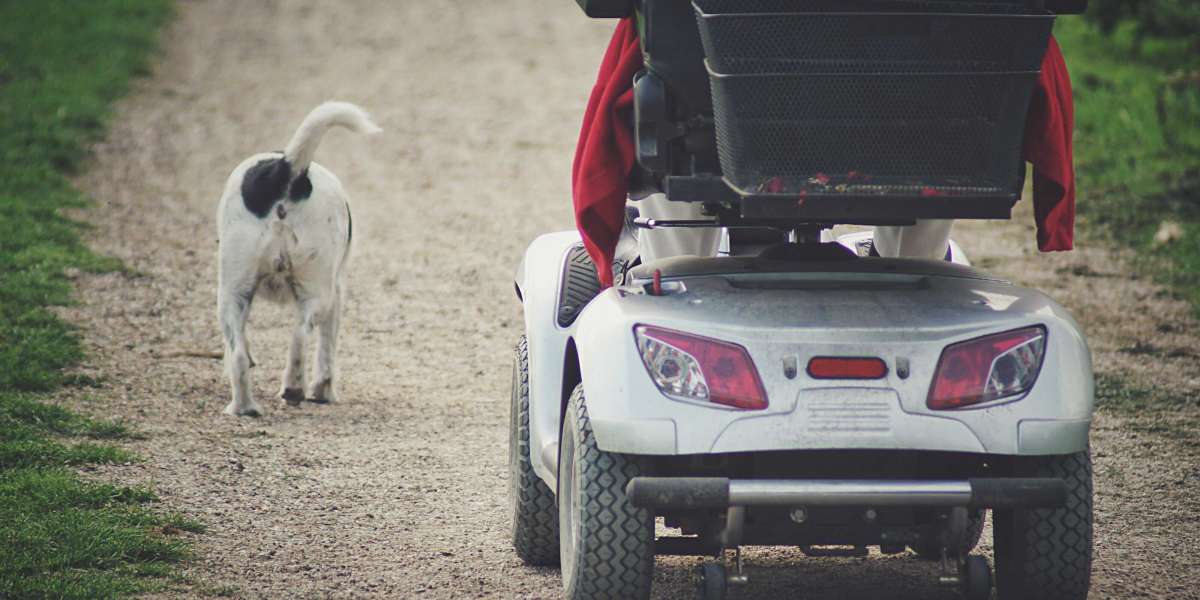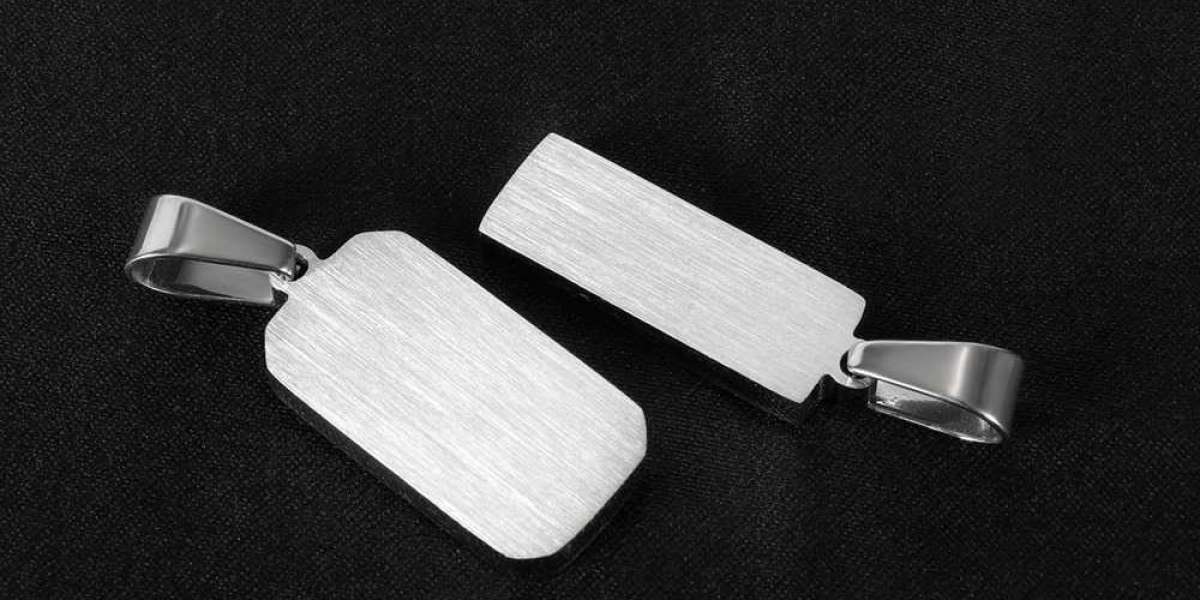Mobility Scooters - Getting Around With Ease
A mobility scooter can be a great way to travel. It makes it easier to shop or visit friends. You can also regain your independence and quit relying on family members or ride services.
In the UK, there are numerous ways to lease or purchase a mobility scooter. There are a variety of options that include high-street sellers online retailers, as well as specialist retailers.
Class 2
Class 2 mobility scooters are able to reach a an upper speed limit of 4mph. They are designed to be used indoors or on pavements. These scooters cannot be used on the road however they can be driven on pedestrian and crossings that are zebra-shaped. It is not recommended to drive in the path of pedestrians or people pushing prams and pushchairs. There is no licence required to operate a Class 2 scooter. However, you must have good vision and be capable of reading a vehicle's registration plate at an approximate distance of 12.3 metres (40 feet).
They are smaller and lighter than other kinds of mobility scooters, and are often transportable. Some models can be dismantled and put in the back of a car which makes them ideal for shopping trips or long trips out. However, they're not as comfortable as larger models and some might have a shorter battery life.
Some public transport companies won't allow you to take a class 2 scooter on board. Brighton Hove Buses, for instance will only allow a small class 2-scooter on the bus if a mobility officer has visited your home to assess the scooter. Metrobus will only allow a class 2 scooter on its buses when it meets certain size and turning radius requirements. Other local buses, such as Compass Travel, will accept class 2 scooters, but only after an assessment has been conducted. You can request an assessment by contacting the company. You will receive a brand new registration form for your vehicle within four weeks after purchasing the scooter from the seller.
Class 3
Class 3 scooters are built to be used on roads as well as pavements, and can reach speeds of up to 8 mph. They are faster than class 2 scooters, and come with more features for road use. They could have indicators and headlights, and may be equipped with a horn that is loud. You don't need a licence to operate a class 3 mobility scooter, but it is recommended that you be familiar with the Highway Code before driving on the road.
The easiest way to determine the class of your scooter is to ask the seller or manufacturer. If they cannot tell you then look up the specifications in its manual or on its website. If you're buying a new scooter, it comes with the paperwork required to register it. If not, you can get a form V55/MV from the DVLA website.
Insurance is not required for class 2 or 3 mobility scooters. However, it is highly recommended. It can cost between PS100 and PS150 per year, based on the type of vehicle. Certain policies offer discounts if you maintain your vehicle regularly.
The top mobility scooters provide smooth and comfortable rides along with various features that will allow you to travel further distances. Consider your lifestyle and environment when deciding on the right model. Certain models can be folded and put in the car, and some have batteries that can be removed for easy charging. Some models can handle rough terrain and have more powerful engines, making them suitable for long-distance travel.
Portability
Mobility scooters are electric vehicles that aid those who are unable to walk move around. It typically features a seat over three or four wheels, and occasionally a flat area for the feet and an arrangement of steering in the delta style in front of the wheels that are steerable. Mobility scooters are generally powered by batteries, however there are gasoline-powered models that are available. It could also come with an storage basket.
The number of people who use mobility scooters has increased in recent years (Barham et al., 2014). But, little is known about the effects of mobility scooter use on their physical health and functional abilities. There isn't much research on this subject, and the data available is often combined with data from wheelchairs (Edwards and McCluskey, 2013).
The majority of scooters come with at least a basic basket for storage. This is crucial to store items such as shopping aids and walking aids as well as for transporting parcels to the post office. Some models have a bag attached to the back of the seat for additional security.
The choice to purchase mobility scooters is ultimately up to the individual and their occupational or medical professional. My Mobility Scooters scooters are not the best choice for people with severe or moderate mobility issues.
National companies like Mobility Hire, Mobility Giant, and Concord Mobility offer a range of mobility scooters available for rental. Some large stores, DIY stores, and tourist attractions also have scooters to hire on their premises. Most scooters have been approved by airlines, making them a great option for traveling.
Terrain capabilities
When it comes to handling difficult outdoor terrain, a specialised all-terrain scooter can provide the kind of performance that's not offered in a standard model. These models have large pneumatic tires with deep treads, which allow the scooter to be driven across rough terrain while maintaining stability. They also come with advanced suspension systems that reduce shocks and vibrations to minimise discomfort. This means you'll be able to spend more time exploring and enjoying your surroundings.
A mobility scooter's speed is another factor to consider. The majority of scooters can be adjusted to a maximum speed of between 4 and 8 mph (6.4-13 kph). Knowing your typical usage patterns can help you determine what speed is most suitable for you. Additionally, if you will be riding your scooter in a hilly areas, you should consider how much battery power it needs to climb the slopes.
All-terrain Scooters come with the option of solid or pneumatic tyres. Pneumatic tyres provide a more comfortable ride but are susceptible to punctures. Solid tyres, on the other hand, are dependable and don't require air pressure. You should also think about the wheel's width to make sure that your scooter will fit through narrow doors or passageways.
All-terrain mobility scooters are fitted with a variety of safety features. They can include headlights, reflectors, indicators, and anti-tip wheels. Some models have the option of a swivel-chair, which makes it easy to get on and off. Think about a front basket, a deck space or a storage container to store your personal belongings.
Safety
It is crucial to maintain your mobility scooter in a timely manner to ensure its continued efficient and safe operation. It is recommended that you have it serviced frequently, at minimum every six months. This will ensure that your brakes and other vital safety features are in good condition. You should also make sure to wear high-visibility accessories or clothing and also include reflective strips on your scooter, particularly when driving at night or in poor lighting conditions.
Lastly, you should always wear eye protection and a helmet when operating your scooter. It is also advised not to operate it under the influence of alcohol or drugs Be aware that certain medications can cause you to be drowsy. If you are unsure whether your medication will affect your ability to safely operate the scooter, it is best to ask your doctor.
Review the policies of the bus company and make sure that they allow scooters. It is also advisable to be familiar with the terrain you will be travelling on, since there are a variety of roads and paths that may require special attention when using the scooter.
A lot of scooters come with adjustable seats and suspension systems that can enhance the comfort of riding on uneven or rough terrain. The scooter's turning radius and maneuverability are crucial, particularly when you have to navigate through narrow sidewalks or in areas that are crowded. Some models are easily disassembled or foldable for storage and transport. Take into consideration the battery range and power, since they will determine the distance your scooter will travel on a single charge.








